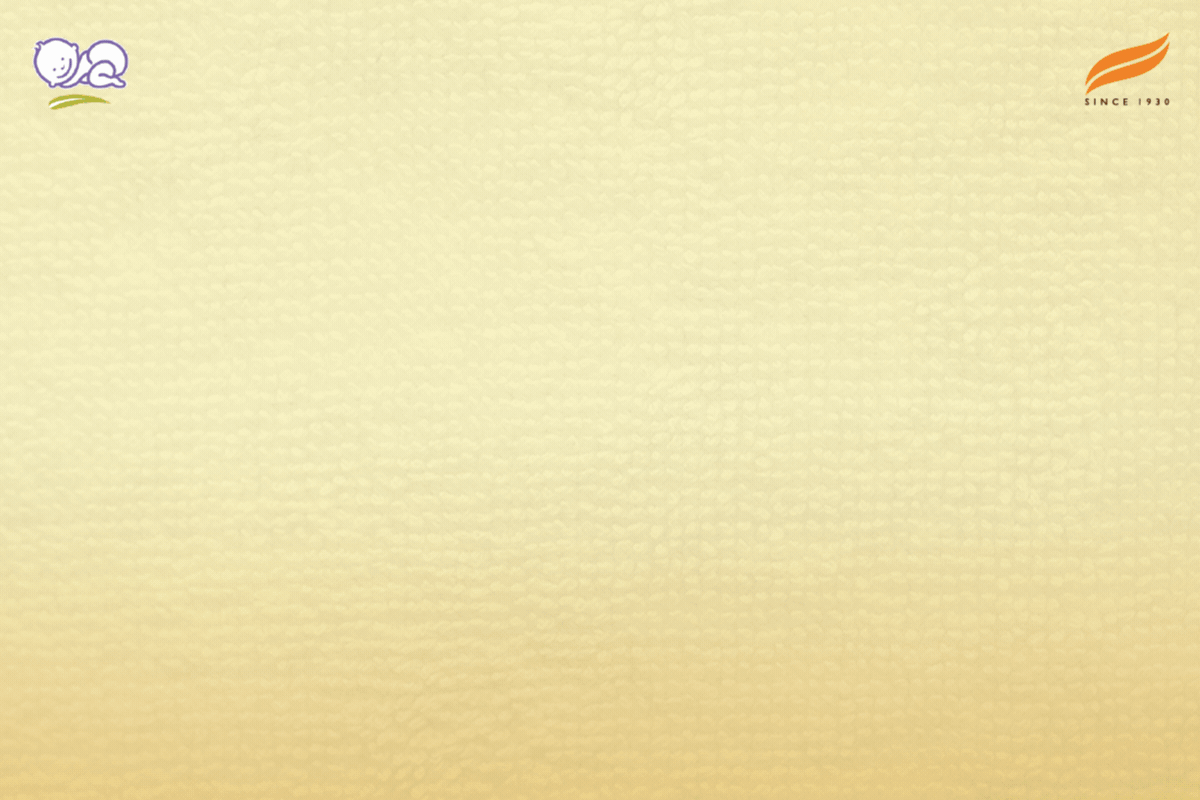
A case report of Management of Ruptured Giant Omphalocele in a Newborn Using Negative Pressure Wound Therapy and Innovative Dressings
The treatment of giant omphalocele in newborns lacks standardization with single repairs, staged surgeries using synthetic or biological mesh, or silos are the most commonly used strategies. However, these surgical methods can lead to various postoperative complications. Lately, negative pressure wound therapy (NPWT) has emerged as a promising technique for managing giant omphaloceles. The researchers utilised NPWT and innovative wound dressings for a ruptured giant omphalocele.
Vaseline gauze (VG) was applied initially, followed by a silver-containing sodium carboxymethylcellulose dressing (CMC-Ag) to prevent infection. NPWT was employed primarily to enhance granulation and accelerate healing, while recombinant human basic fibroblast growth factor (Rh-bFGF) was used to facilitate wound closure. This case report represents the novel case of using NPWT alongside new wound dressings for this condition, prompting the presentation of their management experience.
A 2-day-old baby boy, weighing 2930 g, was diagnosed with a giant omphalocele with partial intestine exposed. He underwent silo placement two hours post-admission to gradually reduce the bowel herniation. At 13 days old, the stitches on the silo fell off, exposing the liver with an 8 cm x 10 cm defect that could not be surgically repaired. The investigators applied VG and CMC-Ag to the defect and initiated NPWT to remove excess fluid and promote granulation. After 19 days, with no signs of infection or exudate, NPWT was halted at 47 days when granulation tissue had formed, and the defect size decreased to 4.5 cm x 3.5 cm. Following NPWT, Rh-bFGF and VG were used for further management, resulting in a wound size reduction to 1 cm x 1 cm and satisfactory epithelialization by 2 months of age.
To conclude, NPWT is a safe and effective alternative treatment strategy for managing giant omphalocele repair. The use of CMC-Ag aids in controlling infection and exudate, while Rh-bFGF enhances wound healing. Thus, the combination of NPWT and new wound dressings proves to be an efficacious approach for treating ruptured giant omphalocele.
Source:Hou, S., Shi, Z., Li, X. et al. Combined negative pressure wound therapy with new wound dressings to repair a ruptured giant omphalocele in a neonate: a case report and literature review. BMC Pediatr.2025; 25(44). https://doi.org/10.1186/s12887-024-05261-5








Please login to comment on this article